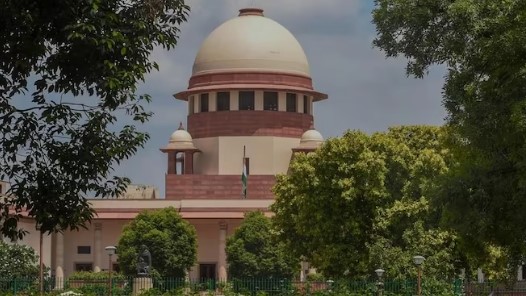The Supreme Court affirmed the right of State Governments to impose royalty on mineral-rich lands, clarifying that royalty does not equate to a tax. This significant 8:1 ruling benefits mineral-rich states such as Odisha, Jharkhand, Bengal, Chhattisgarh, Madhya Pradesh, and Rajasthan, allowing them to levy additional charges on mining companies operating within their jurisdictions.
The verdict, delivered by Chief Justice DY Chandrachud, emphasised that royalty is a contractual payment made by a lessee to a lessor and that Parliament does not possess the authority to tax mineral rights under Entry 50, List I of the Constitution. Justice BV Nagarathna was the sole dissenting judge, arguing that permitting states to tax mineral rights could result in unhealthy competition and disrupt the federal balance.
The Chief Justice highlighted that neither royalty nor dead rent meets the criteria of a tax and noted that the Mines and Minerals (Development and Regulation) Act (MMDRA) does not restrict States from imposing taxes on minerals.
The Central Government had contended that only Parliament could levy taxes on minerals. In response, the Chief Justice questioned the statute’s lack of clarity on whether such taxes would diminish State powers, suggesting that imposing uniform tax rates by the Central Government could potentially infringe on the federal distribution of powers.
The court’s decision mentions that while the Central Government can set tax rates for uniformity, it does not hold exclusive authority over mineral development and regulation, which also falls within state powers.
This ruling revisits a long-standing dispute regarding the authority to impose taxes and royalties on mineral extraction, initially addressed by a seven-judge Bench over three decades ago. That bench had ruled that a cess on royalty was beyond State legislative powers. However, a subsequent bench in 2004 corrected this, stating that the 1989 verdict was misinterpreted and that royalty itself is not a tax.
The recent verdict resolves ongoing conflicts and clarifies that states have the authority to regulate and develop mineral resources within their boundaries, aligning with constitutional provisions regarding federal and State powers.

















